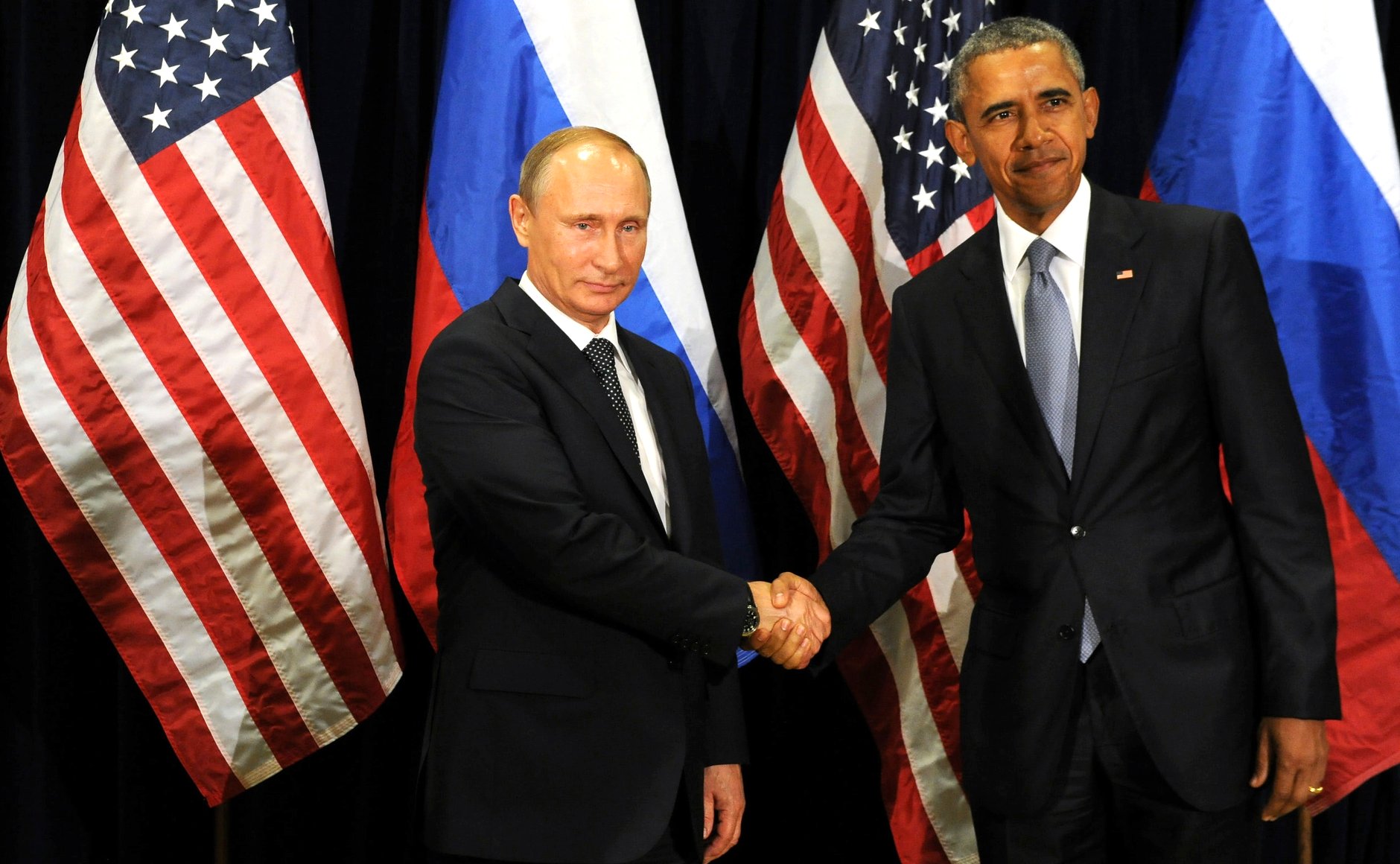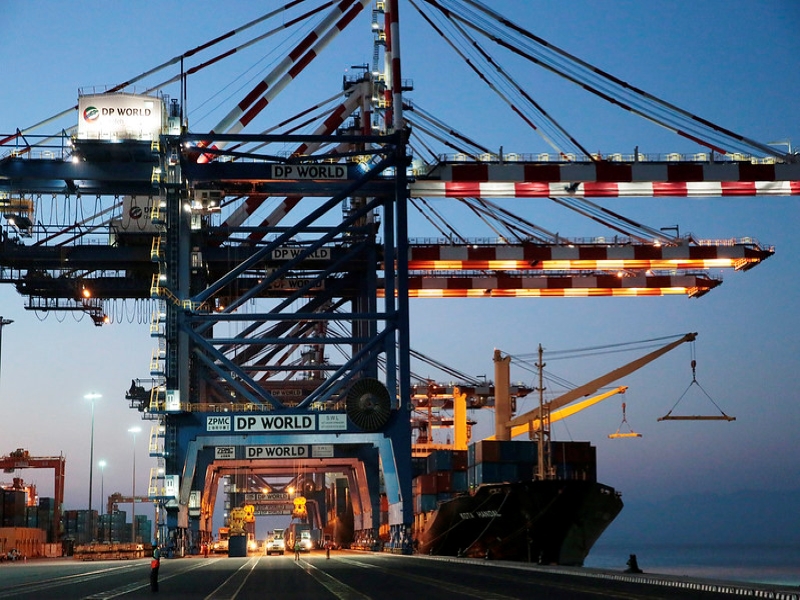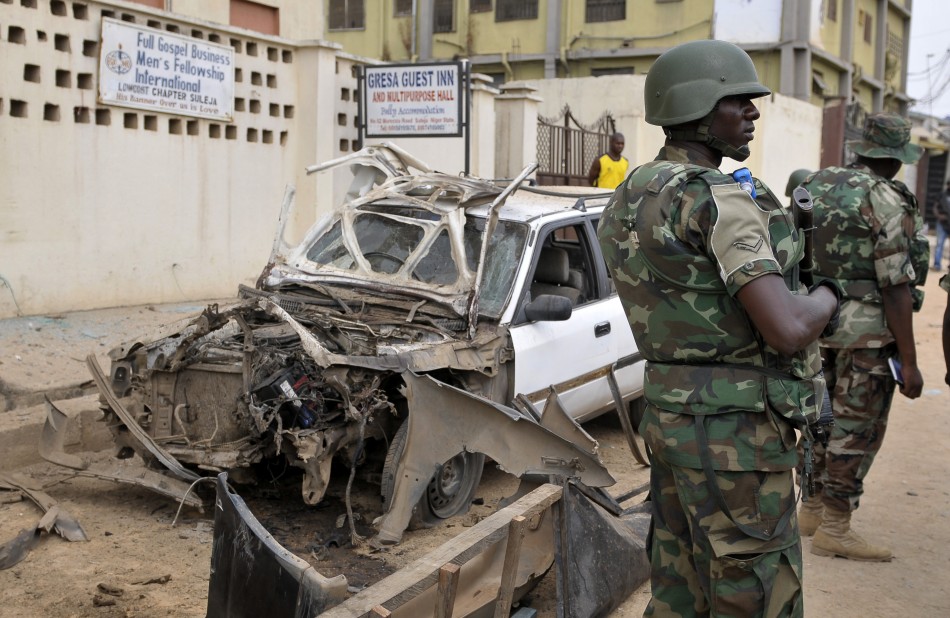Ballistic missile proliferation is a longstanding threat to NATO allies. The anti-ballistic missile (ABM) protection is an ongoing goal of the organization’s collective defense mandate. The European Missile Shield (EMS) has been in the collective defense conversation for years, and has been contentious for just as long. The Obama administration replaced the Bush administration’s 2006 plan on the basis of ineffectiveness with the European Phased Adaptive Approach (EPAA). It is regarded as “an improvement on the Bush-era anti-missile shield, and a more mobile, flexible, and comprehensive response for NATO to the spread of ballistic missiles… outside the Euro-Atlantic area.” Its first site is now active in Romania and hosts an advanced missile defense system known as Aegis Ashore. Construction on a second site in Poland was announced on May 7, 2016 to be activated in 2018.
The EMS represents the latest advancements in NATO’s ABM defense capabilities. It applies proven, sea-based technologies on land with the added benefits of greater capacity (more defense missiles) and accuracy (stronger radars). The shield relies on radars to detect a missile launch into space. Tracking sensors measure the missile’s trajectory, intercept, and destroy it before it can re-enter the atmosphere. The system includes powerful military technology; the AN/SPY-1 radar, SM-3 interceptor missiles and the Aegis combat system. Combined they can intercept over 100 short, medium and intermediate range ballistic missile targets simultaneously, and quickly deploy missiles from other ABM launch sites through a ‘launch on remote’ function.
This degree of military strength on the European continent has not gone unnoticed. Russia has always been strongly opposed to a missile defense system, which it believes negates Russia’s nuclear deterrence capacity. Russia opposes NATO’s eastward expansion and positioning of military operations near its borders, and views ABM technology as an attempt to threaten its security—something it cites as a reason to abstain from negotiations. In 2007, Putin remarked, “If a new missile defense system will be deployed in Europe, then we need to warn you today that we will come with a response,” and later threatened to aim the Russian nuclear arsenal towards European targets. As the activation of the Romanian site approached last month, Russia’s ambassador to NATO Alexander Grushko stated “Ballistic missile defense sites could pose threats to the stability and strategic assets of the Russian Federation.”
The EMS’ stated purpose is to defend NATO allies in North America and Europe from rogue states with nuclear capabilities such as Iran. The importance of this goal has grown alongside Iran’s expanding nuclear capability, which Tehran has invested heavily in for two decades. On December 18, UN experts declared that the October test launch of a medium-range ballistic missile violated the recent Iranian nuclear deal. The same week, U.S. announced the completion of the Romanian EMS site designed to defend Europe against Iran’s increasing missile capabilities. With the new shield, NATO missile defense assets can intercept Iran’s existing short- and medium-range ballistic missiles that reach as far as Germany.
Russia’s hostility towards the initial plan was so strong that, for many years, constructing the second or third ABM shield site was off the table. The United States eventually committed to those sites to bolster the insufficient collective defense of Eastern European allies. In 2013, after Moscow threatened to oppose further reductions of nuclear arms, the White House adjusted the EPAA plan. It discarded the use of missiles that could intercept the intercontinental ballistic missiles (ICBMs) targeting the U.S. Even with these changes, Russia continues to label the EMS plan as a security threat. Given the U.S. and NATO’s repeated assurances the missile is not intended as a defense against Russia, and that the shield’s abilities have already been amended so that it is no able to threaten Russian missile capacity, Russia’s concerns have no viable foundation. More likely, they provide an outlet for Russian opposition in general, and specific concessions short of removing the shield will not be acceptable to the Kremlin.
This is a two-fold security concern for NATO. First, despite adjustments to accommodate for certain apprehensions, activating the Romanian site and committing to construct additional EMS sites is provoking an aggressive response from Russia. Last year, Russia announced that Danish warships would be targets if Denmark joined the shield project by installing radars on its vessels. Russia’s top general, Valery Gorasimov, conveyed a clear warning to European countries planning to host installations for a missile-defense shield. Russian forces would be forced to target them and that “nonnuclear powers where missile defense installations are being installed have become objects of priority response.”
Putin’s most recent statements are also concerning and demonstrate that addressing the nuclear threat from Iran is not without consequences in the area of nuclear proliferation. When asked about his position on Russian relations with NATO, he alluded to a Russian military build-up in response to the “up-and-coming U.S. anti-missile defense program.” Calling the situation a full-on arms race at this point may be premature, but it undoubtedly has the potential to be.
The second security threat stems from the impact of the U.S. concession to reduce the EMS’ scope back from ICBM capability. Currently, Iran does not have missiles with that range. However, ongoing tests indicate Tehran is not satisfied with its current arsenal; the U.S. Secretary of Defense estimates that Iranian ICBMs could be operational in ten years. Washington’s decision to reduce the shield’s scope creates vulnerabilities Iran could exploit in the future if it develops ICBM capability. The EPAA system, which is currently unequipped against ICBM attacks, would be insufficient.
The U.S. and its NATO allies need to continue developing ABM shield technology. This points to the underlying tension of the EMS; two of NATO’s priorities require different and irreconcilable policy prescriptions. Tackling nuclear proliferation concerns in Europe generates an aggressive response from Russia and further complicates an already difficult relationship. Addressing Russian concerns pertains to the existence of the shield and not its purpose or capacity. For Russia, these apprehensions cannot be addressed without the removal of the shield. However, NATO cannot remove the shield because of the impact it would have on the European allies’ vulnerability to an Iranian nuclear threat. Greater nuclear proliferation and traditional geostrategic concerns create conflicting goals that are difficult to prioritize. The EMS creates a unique set of security threats rooted in the inherent impossibility of reconciling the concerns of all of NATO’s adversaries.
Photo: Barack Obama and Vladimir Putin (2015) courtesy of www.kremlin.ru
Disclaimer: Any views or opinions expressed in articles are solely those of the authors and do not necessarily represent the views of the NATO Association of Canada.




